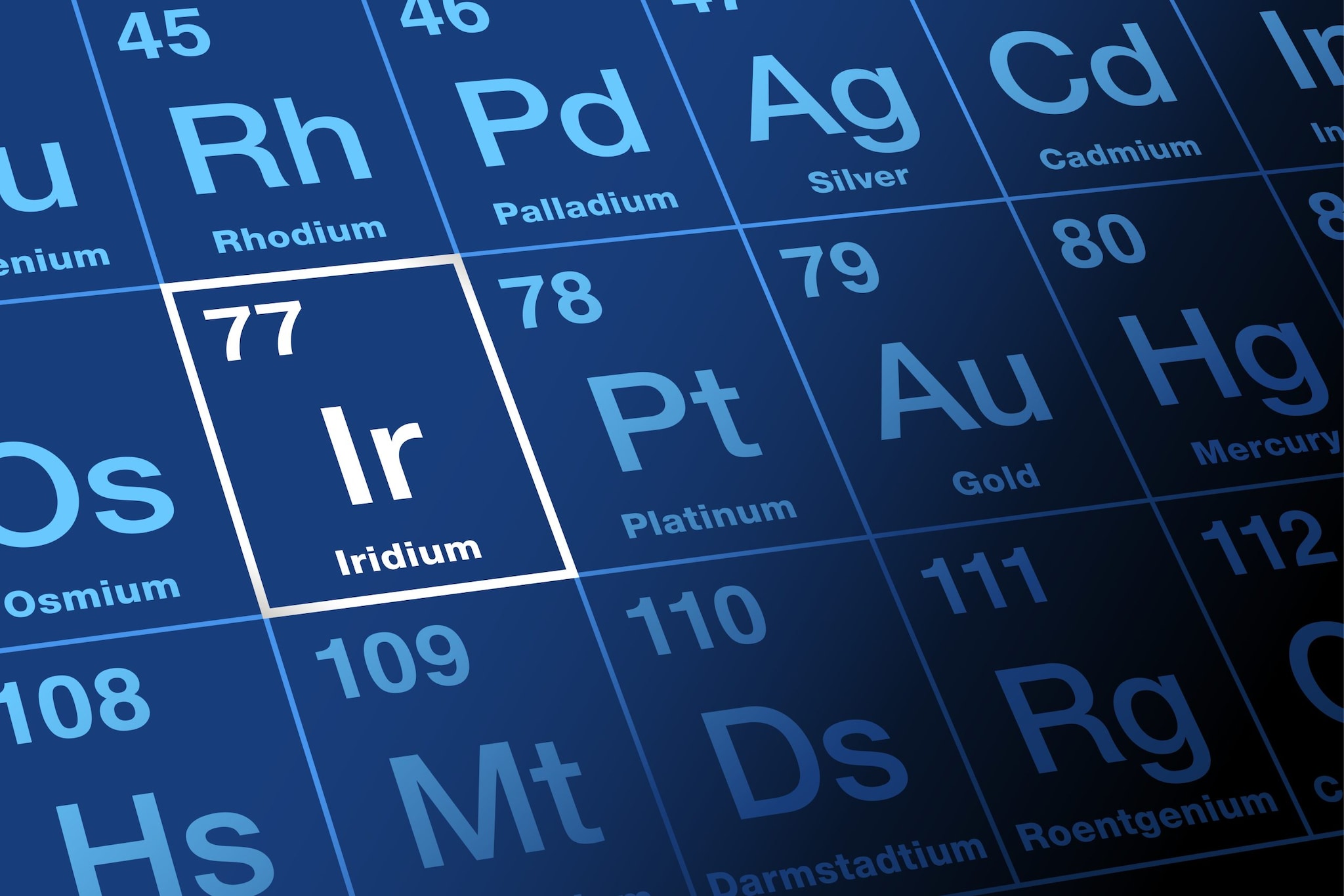At a glance
Iridium-192 (Ir-192) is a manmade radioactive element used in medicine and industrial gauges. Exposure to Ir-192 can increase the risk for cancer and cause long-term health effects as well as death.

Properties
Half-life: 73.83 days
Mode of decay: Beta particles and gamma radiation.
Chemical Properties: Dense metal. Metallic Ir-192 will react with fluorine gas to form iridium fluoride (IV), IrF 6.
Use
Ir-192 is used in industrial gauges that inspect welding seams. Ir-192 is also used in medicine to treat certain cancers.
Origin
Ir-192 is a manmade radioactive element. It is formed from nonradioactive iridium metal in a nuclear reactor.
Form
Ir-192 used in medicine is in the form of tiny seeds, each about the size of a grain of rice. Industrial gauges hold pencil-like metal sticks of solid Ir-192 or small pencil-like tubes that contain pellets of Ir-192.
What Ir-192 looks like
Ir-192 is a shiny, silvery-white, very dense metal that will not rust when exposed to natural elements.
Risk
Exposure to Ir-192 can increase the risk for cancer because of its high-energy gamma radiation. External exposure to Ir-192 can cause burns, acute radiation sickness, and even death. Internal exposure could occur only if a person were to swallow one of the Ir-192 seeds or pellets.
Internal exposure from Ir-192 could cause burns in the stomach and intestines if the high-energy industrial pellets are swallowed. Ir-192 seeds and pellets would be excreted in the feces. Long-term health effects of internal exposure would depend on the strength of the seeds or pellets and the length of exposure.
